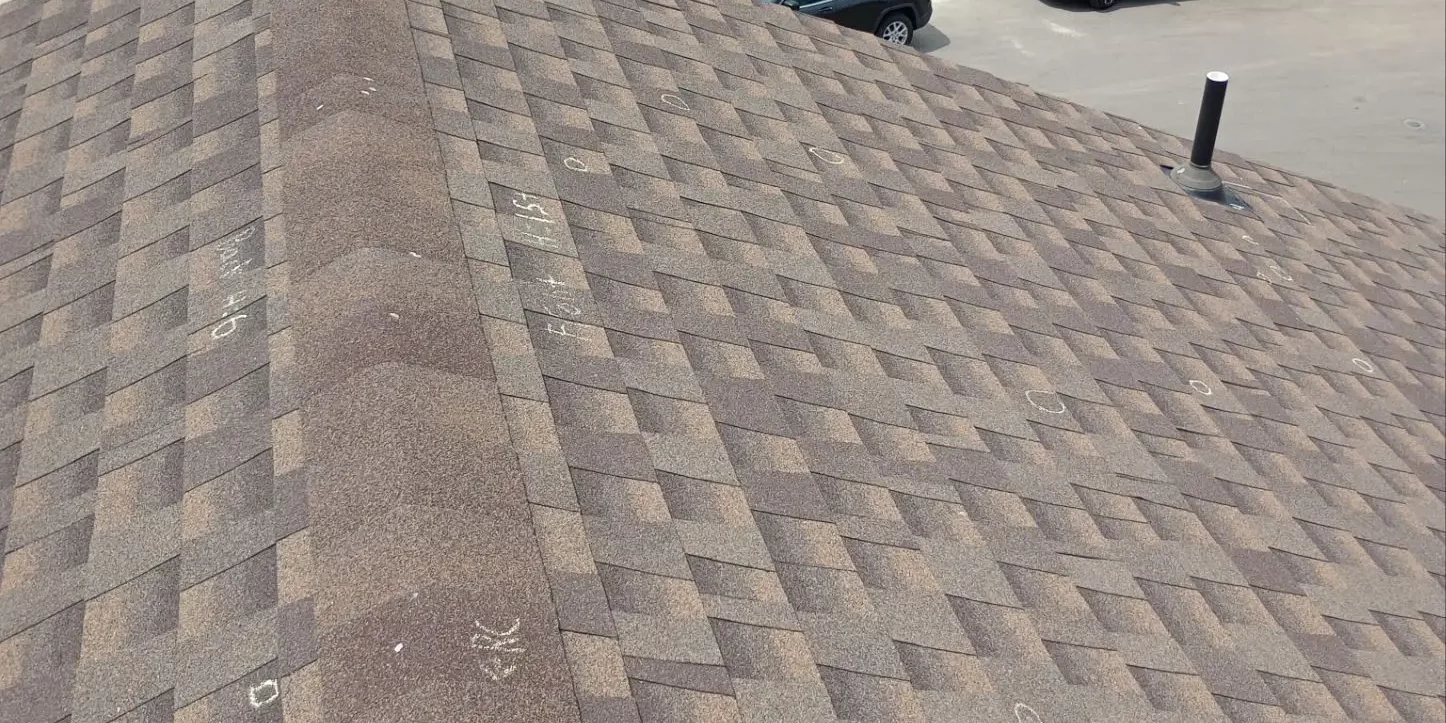Understanding Roofing Damage Caused by Extreme Heat
Introduction
Extreme heat can have a significant impact on the integrity and longevity of roofing materials. As temperatures rise, roofs become susceptible to various forms of damage that can compromise their performance and safety. In this article, we explore the potential roofing damage caused by extreme heat and provide insights into preventive measures to protect your roof.
The Impact of High Temperatures on Roofing Materials
Asphalt Shingles
Asphalt shingles are a popular roofing material due to their affordability and durability. However, prolonged exposure to high temperatures can cause several issues:
- Curling and Buckling: Intense heat can cause asphalt shingles to curl or buckle, leading to gaps and potential leaks.
- Cracking: The expansion and contraction of shingles under fluctuating temperatures can result in cracks, compromising the roof’s waterproofing capabilities.
- Granule Loss: Heat can accelerate the degradation of the protective granules on asphalt shingles, reducing their ability to reflect UV rays and protect the underlying material.
Metal Roofs
Metal roofs are known for their durability and resistance to various weather conditions. However, they are not immune to the effects of extreme heat:
- Thermal Expansion: High temperatures cause metal roofing materials to expand. This expansion can lead to the loosening of fasteners and seams, creating potential entry points for water.
- Coating Degradation: Protective coatings on metal roofs can deteriorate under prolonged heat exposure, leading to corrosion and reduced lifespan.
Tile Roofs
Tile roofs, including clay and concrete tiles, are also affected by extreme heat:
- Cracking and Spalling: The expansion and contraction cycles can cause tiles to crack or spall, which may result in leaks and structural damage.
- Underlayment Damage: The underlayment, a crucial waterproofing layer beneath the tiles, can become brittle and less effective over time due to heat exposure.
Effects on Roof Structures
Roof Decking
The roof decking, usually made of wood, can suffer from high temperatures:
- Warping and Splitting: Heat can cause wooden decking to warp or split, compromising the structural integrity of the roof.
- Mold and Rot: Increased temperatures and humidity can create conditions conducive to mold and rot, weakening the roof structure.
Insulation
Roof insulation plays a vital role in maintaining energy efficiency and indoor comfort. Extreme heat can impact insulation in the following ways:
- Decreased Effectiveness: High temperatures can reduce the effectiveness of insulation materials, leading to higher energy costs and decreased indoor comfort.
- Moisture Buildup: Heat can cause condensation within the insulation, promoting mold growth and reducing its insulating properties.
Preventive Measures to Protect Your Roof
Regular Inspections
Routine roof inspections are crucial for identifying and addressing heat-related damage early:
- Professional Inspections: Hiring a professional roofing contractor, such as GCCS Roofing, Inc. in Littleton, CO, ensures a thorough assessment and timely repairs.
- Self-Inspections: Homeowners should regularly check for visible signs of damage, such as curling shingles, cracked tiles, and loose metal panels.
Adequate Ventilation
Proper roof ventilation helps regulate temperatures and prevent heat buildup:
- Ridge Vents: Installing ridge vents allows hot air to escape from the attic, reducing overall roof temperature.
- Soffit Vents: Soffit vents facilitate air circulation and help maintain a balanced temperature within the attic space.
Reflective Coatings and Materials
Using reflective coatings and materials can mitigate the impact of extreme heat:
- Cool Roof Coatings: Applying cool roof coatings to existing roofs can reflect more sunlight and reduce heat absorption.
- Reflective Shingles: Opting for reflective shingles or metal roofs with reflective coatings can help maintain lower roof temperatures.
Insulation Upgrades
Enhancing attic insulation can improve energy efficiency and protect the roof:
- Radiant Barriers: Installing radiant barriers in the attic can reflect heat away from the living space, reducing cooling costs.
- Upgraded Insulation: Investing in high-quality insulation materials can improve temperature regulation and prevent heat-related damage.
Conclusion
Extreme heat poses a significant threat to roofing materials and structures. Understanding the potential damage and implementing preventive measures are essential for maintaining the longevity and performance of your roof. Regular inspections, proper ventilation, reflective coatings, and insulation upgrades are crucial steps in protecting your roof from the detrimental effects of high temperatures. For professional roofing services and expert advice, trust GCCS Roofing, Inc., your reliable roofing contractor in Littleton, CO.







